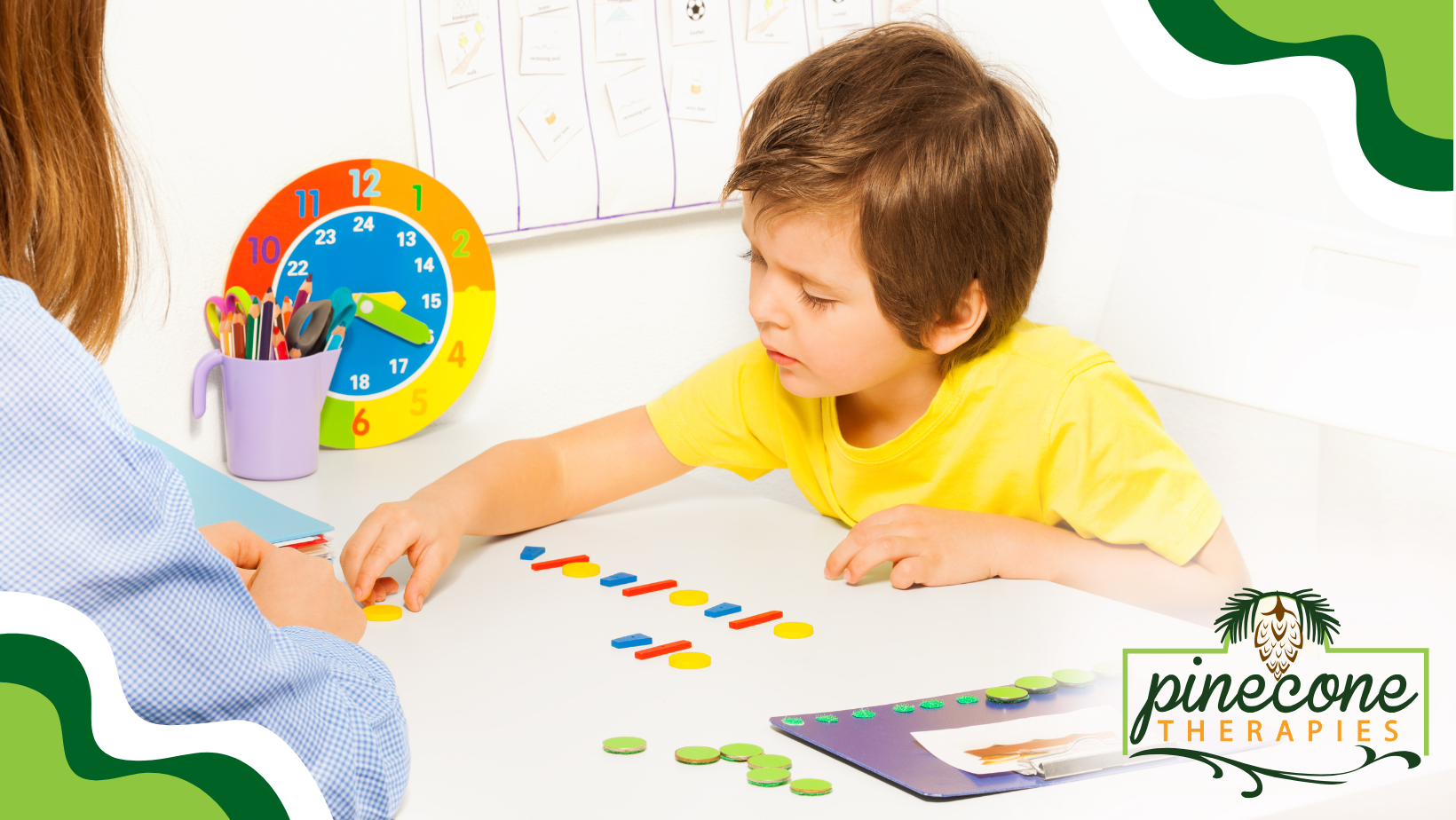As pediatric therapy providers, we often hear remarks like "Oh, he's just being a boy" when discussing the dynamic behavior of children. However, it's vital to recognize that when a child displays certain behaviors, it may be more than just a typical trait but rather a sign of deeper sensory needs that warrant attention. For instance, a child who is always on the move, constantly touching things, or seems to have boundless energy might be communicating a need for sensory input to help them self-regulate.
Is your child struggling to sit still, constantly seeking movement, or displaying behaviors that seem more than just "being a kid"? These could be signs that your child may benefit from Occupational Therapy to support their sensory processing and regulation.
Signs Your Child Could Benefit from Occupational Therapy
Occupational Therapy can help your child thrive by addressing unique sensory needs. Here are some indicators that professional support could be beneficial:
- Constant Movement: If your child has difficulty sitting still or is constantly on the go, this may indicate low muscle tone or a need for sensory input. Occupational therapy can provide strategies to help manage these needs and improve focus and stability.
- Aggressive Interactions: Children using extra force in play might not be aware of their own strength. Occupational Therapy can help them develop better awareness of their body in space and learn appropriate social interactions.
- Bumping and Crashing: Does your child frequently bump into or crash into things? This might be their way of seeking sensory input. Therapy can help channel this need safely and constructively.
- Touching People and Objects: If your child touches everything in sight, they might be seeking tactile input. An occupational therapist can create a structured environment to meet these needs in a safe and appropriate manner.
- Difficulty Listening: Struggling to follow directions or seeming to tune out could be a sign of auditory processing challenges. Occupational Therapy can aid in enhancing listening skills and environmental awareness.
- Loud Speech or Noises: Children often use their voices to seek sensory input. Therapy can provide other strategies for self-regulation and help in modulating their voice.
These behaviors can be more than just typical childhood actions and indicate a need for external support to help your child participate fully in various life activities. Occupational therapy offers personalized plans to harness your child's strengths and support their growth and development.
Occupational therapy helps children with sensory and behavioral challenges by providing personalized strategies to support their development and improve their participation in daily activities.
Occupational Therapy at Pine Cone Therapies
At Pine Cone Therapies, our occupational therapy programs are designed to address these specific sensory processing needs. We create tailored treatment plans that provide safe and structured sensory input, enabling your child to navigate their world more comfortably and confidently.
Our dedicated team works closely with families to ensure that every child can thrive at home, in school, and in social settings. We encourage you to reach out to us to learn more about how we can support your child's unique needs.
Contact Pine Cone Therapies today to get started. Visit our website to submit an inquiry form. Our friendly specialists are eager to assist you and your family on this journey toward better understanding and supporting your child's development.

.png)






